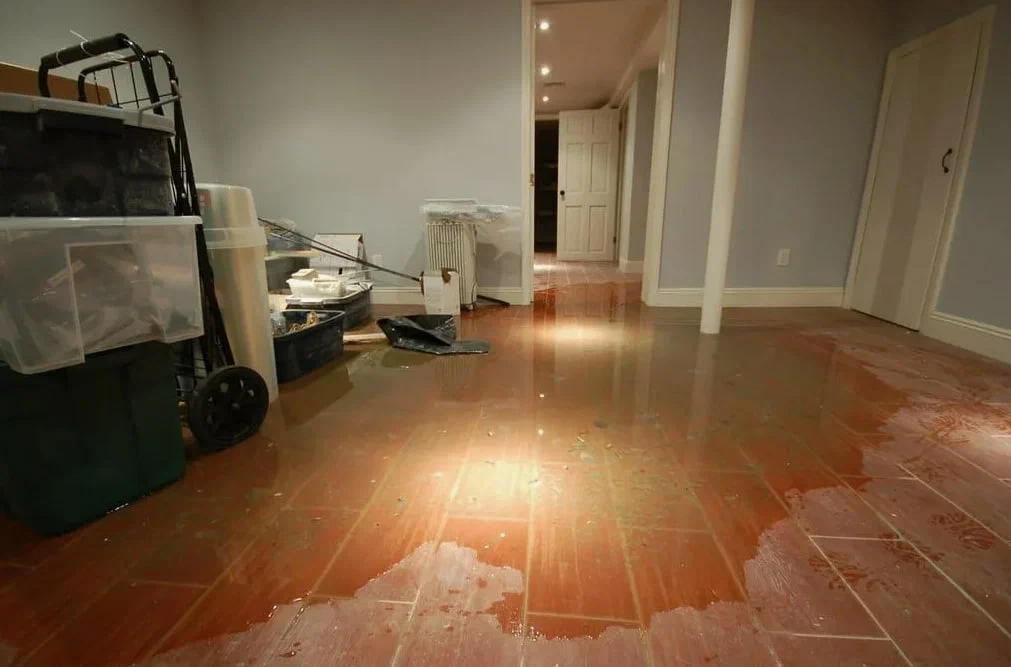Understanding the Dangers of Sewage
Sewage backups and spills are among the most hazardous situations a property owner can face. Sewage contains bacteria, viruses, and other harmful pathogens that can pose significant health risks. Exposure can lead to illnesses such as gastroenteritis, hepatitis, and respiratory infections. Beyond health risks, untreated sewage can cause severe structural damage to floors, walls, and foundations. Understanding these dangers highlights the importance of quick and effective cleanup to prevent long-term problems.
Immediate Response and Containment
The first step in Sewage Cleanup is to stop the contamination from spreading. Professionals quickly identify the source of the sewage backup, whether it’s a clogged drain, broken pipe, or municipal sewer issue. Containment measures, such as sealing off affected areas and using protective gear, prevent further exposure and cross-contamination. Immediate action helps protect the health of occupants and minimizes the extent of water damage in the affected space.
Thorough Cleaning and Disinfection
After containment, the cleanup process begins with the safe removal of contaminated water and debris. High-powered pumps and specialized equipment are used to extract sewage water. Once the standing water is removed, all affected surfaces are scrubbed and disinfected with industrial-grade cleaning agents. This step is crucial to eliminate bacteria and odors that can linger if not properly treated. Professional-grade drying equipment is then used to reduce moisture and prevent mold growth.
Repairing and Restoring Property
Sewage spills often require more than just cleaning. Damaged flooring, drywall, and insulation may need to be replaced to fully restore the property. Restoration professionals also inspect the plumbing system to prevent future backups. This process may include pipe repairs, root intrusion removal, or drain line maintenance. The goal is not only to repair visible damage but also to ensure the property is safe, sanitary, and structurally sound for future use.
Preventive Measures for the Future
Preventing sewage backups is an essential part of long-term property maintenance. Regular plumbing inspections, proper disposal of grease and waste, and installing backflow prevention devices can significantly reduce the risk of future incidents. Educating property owners and occupants about what should and should not go down the drains can also help. These preventive measures save time, money, and stress while maintaining a healthy indoor environment.
